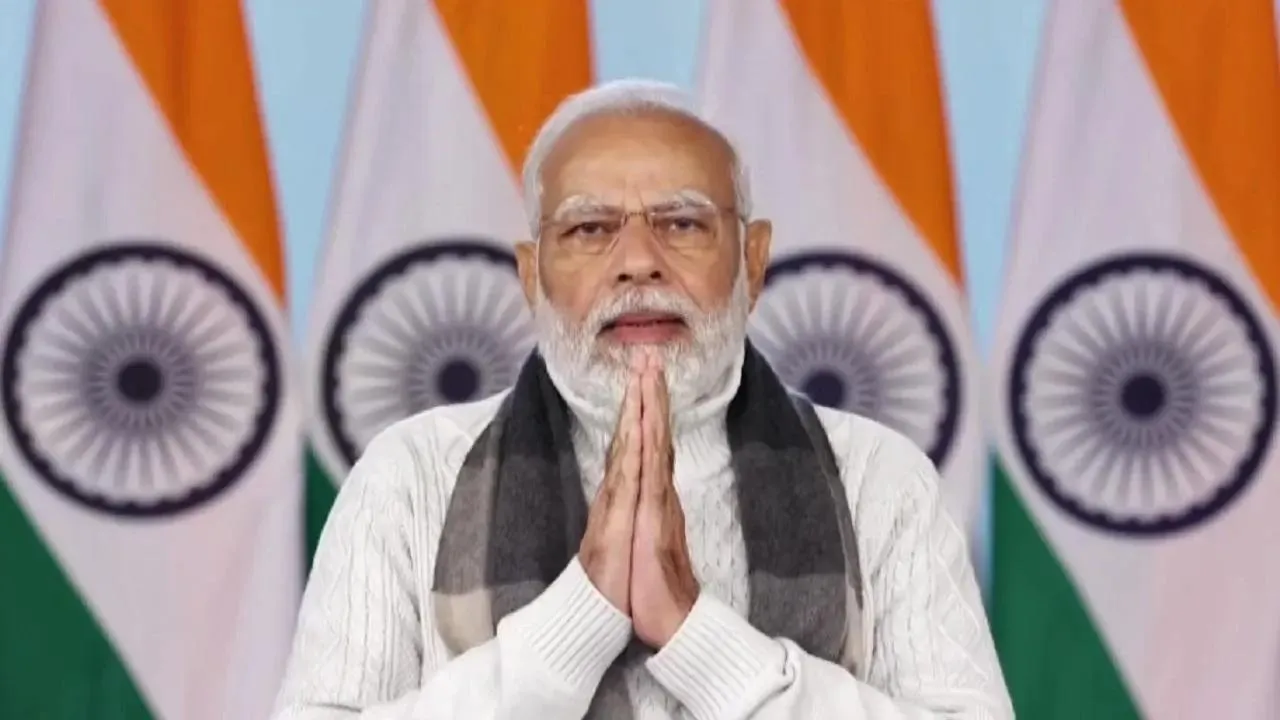PM Modi Unveils Three PARAM Rudra Supercomputers in Pune to Accelerate India's Tech Revolution

PM Modi's Vision for Technological Empowerment
On Thursday, PM Modi highlighted the crucial link between technology upgradation and social empowerment in India. He stated that a country can achieve great things with a visionary approach, as he inaugurated three PARAM Rudra supercomputers developed under the National Supercomputing Mission.
Details of the Supercomputers
The three supercomputers, located in Pune, Delhi, and Kolkata, were designed with a budget of Rs 130 crore to enhance scientific research capabilities. Modi emphasized that advancements in technology must benefit the common man, underscoring the government's dedication to science, technology, and research.
Enhancing Research with Cutting-Edge Technology
- The new systems will facilitate pivotal research in various domains, including meteorology, physics, and astronomy.
- Modi introduced the Rs 850 crore High-Performance Computing system tailored for weather and climate research.
- He pointed out that India's semiconductor ecosystem is emerging as a pivotal component of the global supply chain.
Future Prospects in Science and Technology
Modi reaffirmed India's dedication to advancing its scientific capabilities, including the preparation of Mission Gaganyan, which aims to establish India's own space station by 2035. The day was marked as a landmark achievement in India's tech sector, with PM Modi asserting that every sector relies on technological innovation.
Significance and Impact of Innovations
The Giant Metre Radio Telescope (GMRT) in Pune will utilize these supercomputers to conduct groundbreaking research in astrophysics, highlighting the potential of supercomputing to influence various scientific fields. The advancement of the High-Performance Computing system will enhance meteorological accuracy significantly, ensuring that information can accurately forecast severe weather phenomena.
This article was prepared using information from open sources in accordance with the principles of Ethical Policy. The editorial team is not responsible for absolute accuracy, as it relies on data from the sources referenced.